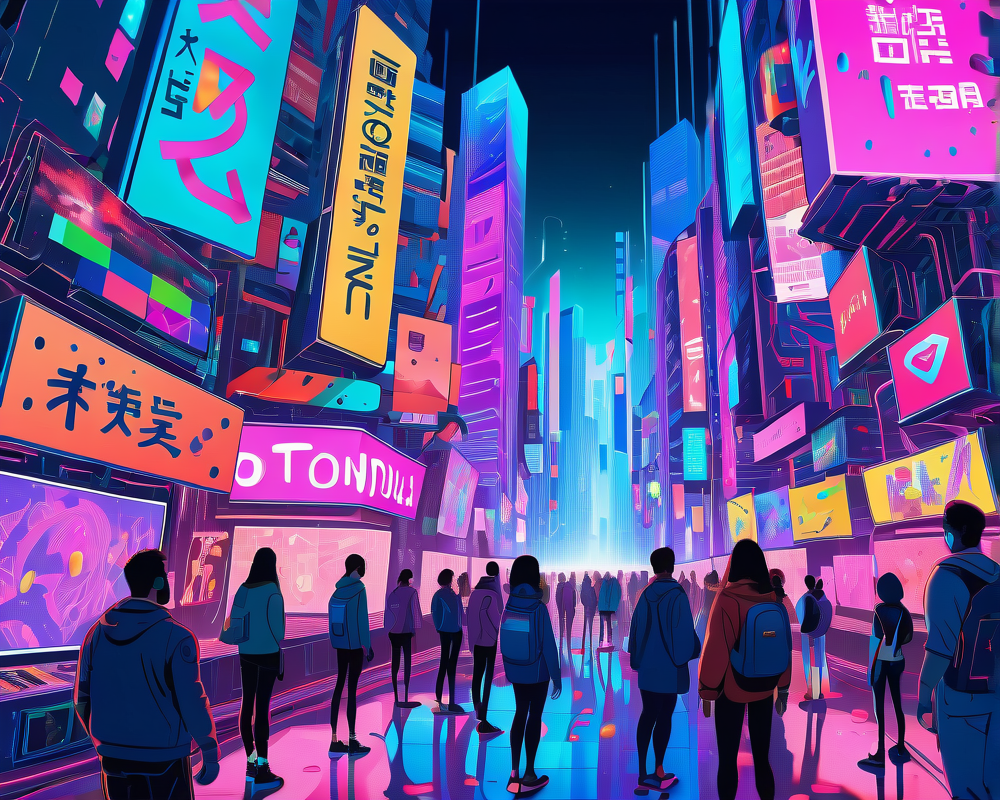The Rise of Technological Fear
Throughout history, significant technological advancements have arisen amid societal fears. Think about nuclear energy or WiFi — intended to enhance our lives but often inducing widespread panic about what might go wrong. Movies and novels steeped in dystopian narratives thrive on this fear factor. Artificial intelligence (AI), once a futuristic concept, is now at the forefront of our apprehensions.
The AI Dilemma: Real vs. Fake
In an era dominated by digital interactions, one of our greatest anxieties revolves around distinguishing between humans and AI. The metaverse, a digital playground, becomes a breeding ground for these concerns, leading to the pressing issue of proof-of-humanity.
Integrating AI into the Metaverse
Contrary to popular belief, developers are not entirely fearful of AI’s rise. Many are thrilled about how it can enhance user experiences within the metaverse. According to Roberto de Arquer Jaumandreu, co-founder of a metaverse firm, AI could enhance the metaverse in three primary ways: environment creation, effects, and NPC (non-playable character) interactions.
- Environment Creation: Imagine asking AI to conjure up anything from a cozy café to a bustling city. The possibilities are expansive, limited only by one’s imagination.
- Effects: AI could redefine visuals in the metaverse, allowing users to alter their surroundings, effectively transforming their experiences at the click of a button.
- NPC Behavior: More responsive NPCs, capable of acting in more lifelike ways, could upgrade user interaction.
Trust Issues: Finding Proof-of-Humanity
The integration of AI leads us to a trust dilemma. How do we know we’re engaging with a genuine user and not a cleverly disguised AI? Jaumandreu suggests “proof-of-humanity” tools, utilizing biometrics to create unique identities that signal a true human presence in the metaverse.
A Balancing Act: Humans vs. AI
Raj Rajkotia, founder of a sports metaverse, echoes the necessity of a balanced environment. Too many AI characters can dilute the experience, leaving users questioning the authenticity of their interactions.
The ideal solution lies in a hybrid environment that maintains a delicate balance between AI and human interaction. This ensures that users can enjoy the novelty of AI integrations while still experiencing genuine connections.




